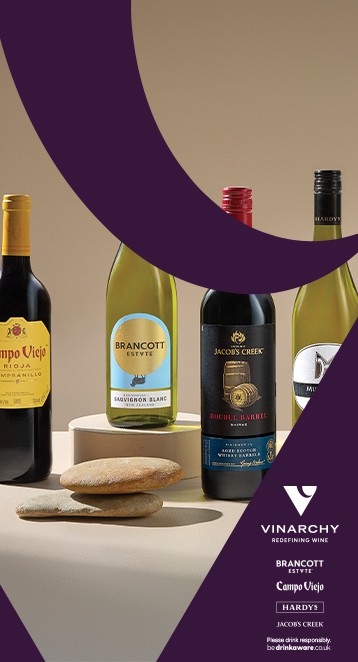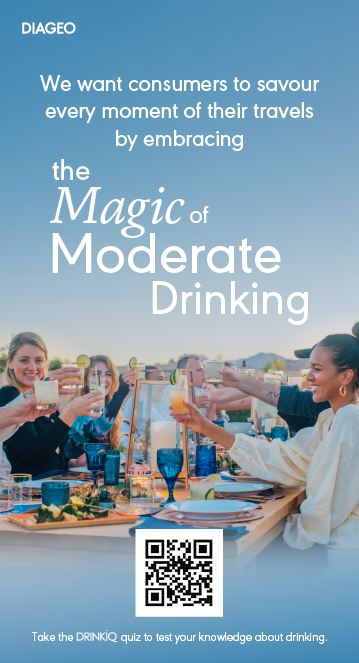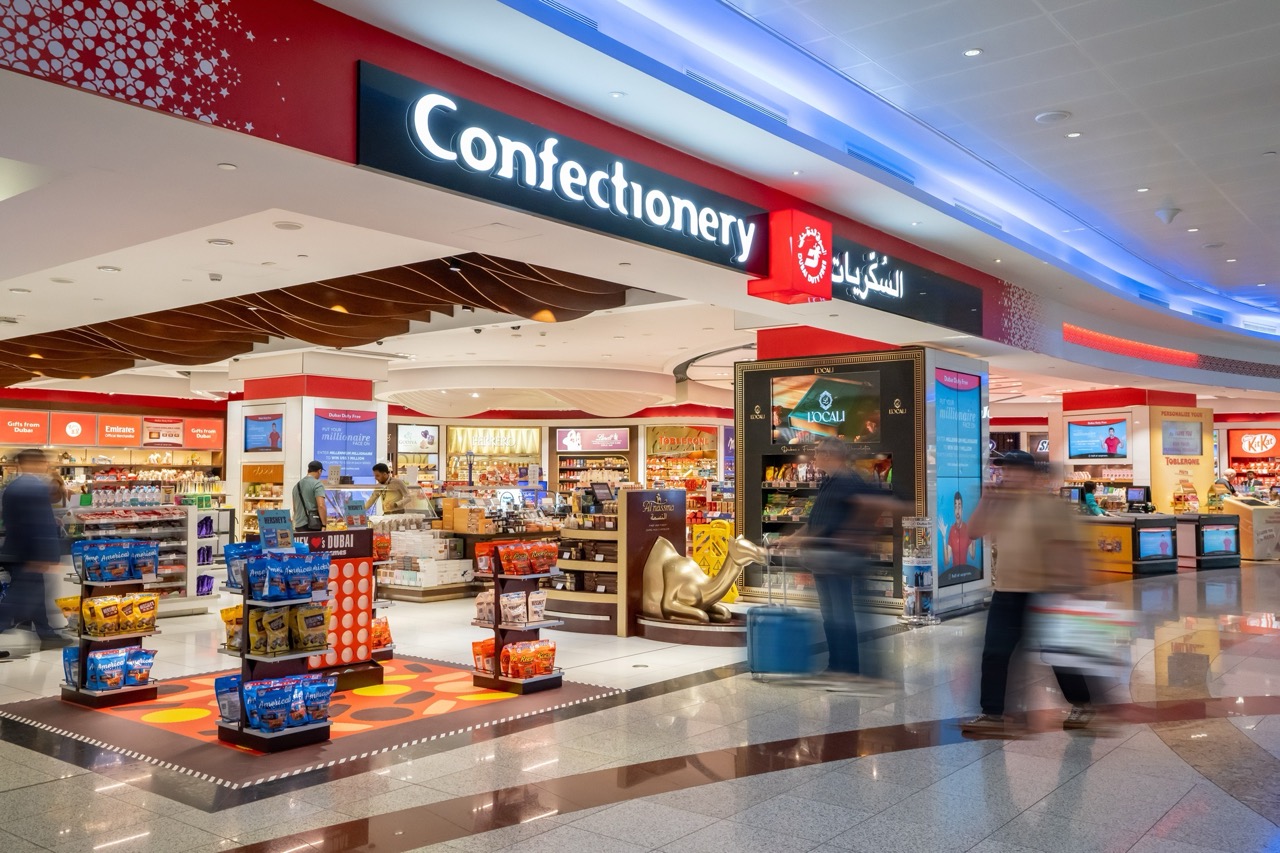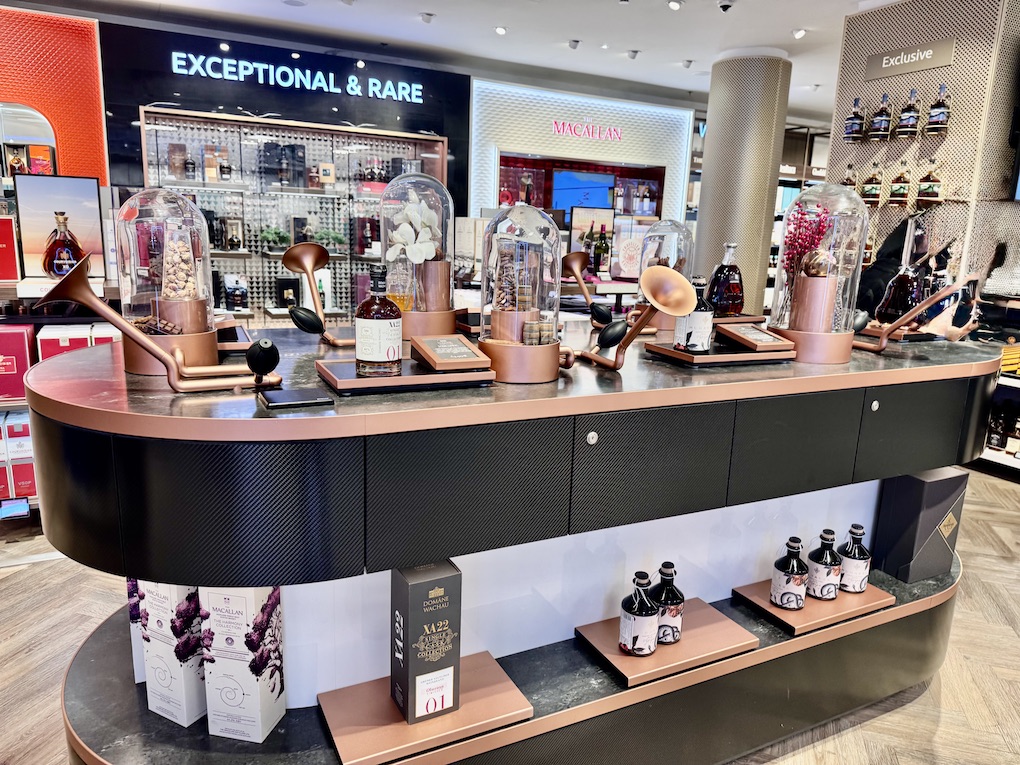Underberg previewed its limited-edition Asbach Freiheitsbrand (freedom brandy) 1989 vintage and new herbal digestive Brasilberg at last month’s TFWA World Exhibition.
Created to celebrate the 25th anniversary of the fall of the Berlin Wall, only 1,000 bottles of Asbach Freiheitsbrand are available worldwide.
The limited-edition bottle is presented in a wooden gift box, with an original piece of the Berlin Wall.
Asbach Freiheitsbrand was officially launched on 9 November, 25 years to the day since the Berlin Wall came down. Underberg International Marketing Director Andrea Baumgartner said the company plans to introduce the brandy to German airports and is currently in talks with Heinemann.
She added that Asbach Freiheitsbrand has the potential to be sold in Chinese duty free as the premium bottle design and box is expected to appeal to Chinese consumers.
Brasilberg, a miniature herbal digestive, was also unveiled at the TFWA World Exhibition.
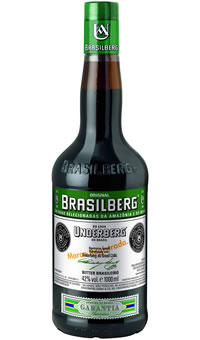 | 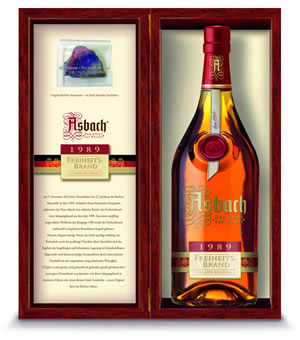 |
Herbal digestive with a story; Brasilberg (left), and Asbach Freiheitsbrand | |
The story behind Brasilberg began in 1932 when Dr Paul Underberg, grandson of Underberg Founder Hubert Underberg, emigrated to Brazil. There, Dr Paul began the production of his version of Underberg, Underberg do Brasil.
During World War II, the production of Underberg could no longer continue in either Germany or Brazil. After the war ended, Dr Paul’s brother Emil said that the family in Rheinberg would resend the herbs so that Dr Paul could restart production of Underberg in Brazil. Dr Paul refused, explaining that he had his own recipe; this resulted in a fight among the family.
When Paul married, he moved the recipe rights – which were owned by the family in Rheinberg – to his wife Anna. Following Dr Paul’s death in 1959, there was a continuing feud between his wife and the family until 2005, when the family bought back the production rights.
Brasilberg da Casa Underberg do Brasil, as it is known today, was launched in February 2014 in time for the World Cup this summer in Brazil. Initially promoted by word of mouth, it was first introduced in Germany, followed by Denmark and Switzerland.







